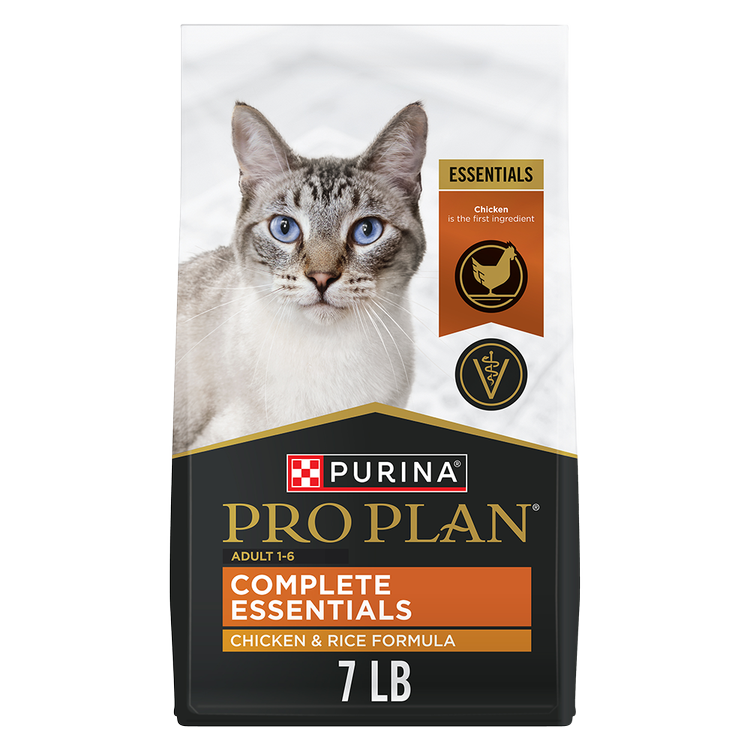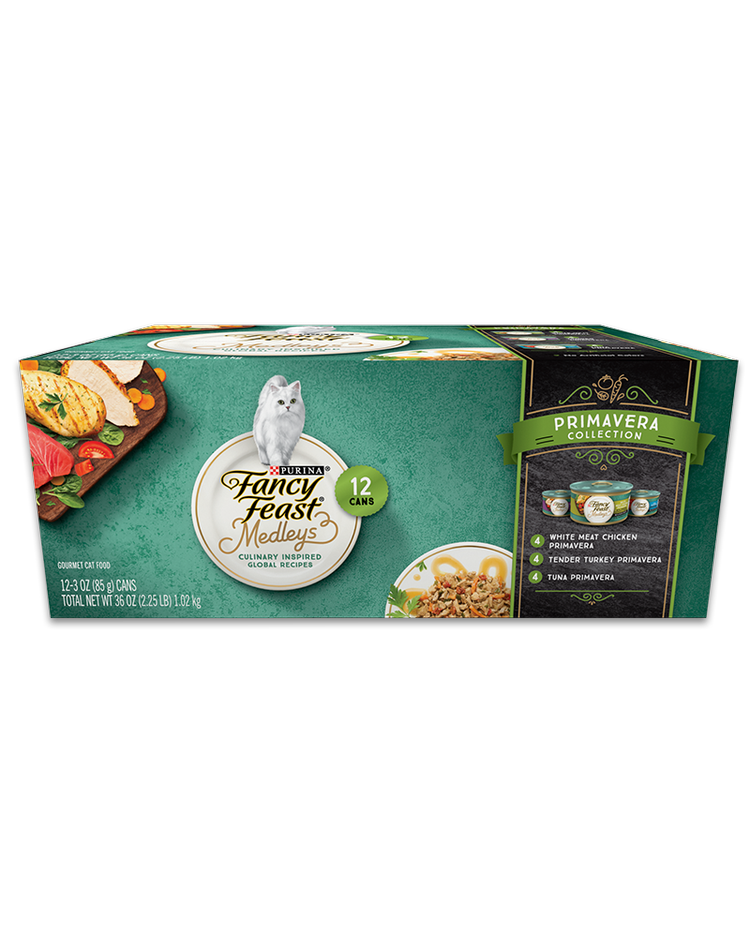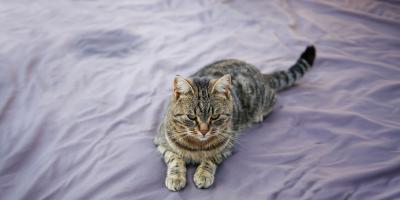What Are Polydactyl Cats?


All cats are special to their owners, but there are certain felines that have that extra charm in the form of extra toes. These are the polydactyl cats – beloved the world over, making amazing entries in the book of World Records, protected as historic treasure and, according to legend, bringing luck to their happy owners. In this article we’re exploring the amazing world of polydactyl cats and their origins, while offering essential information to owners that have welcomed cats with extra toes into their family.
What Are Polydactyl Cats?
Polydactyl cats are cats that have extra toes on any of their feet. The word "polydactyl" comes from the Greek language and simply means "many toes/fingers." Go ahead and count your cat’s toes. If you’ve come up with the grand total of 18 toes, five on each paw in the front and four on each paw in the back, your cat is not polydactyl. A polydactyl cat will have at least 19 toes, and the highest recorded number of toes for a polydactyl cat is 28.
Why Do Cats Have Extra Toes?
Cats with extra toes have a genetic mutation passed down through a dominant gene from one of the parents. Polydactyly can appear in any breed, but it has been noticed that Maine Coon cats tend to have higher chances of inheriting this trait.
How Rare Are Polydactyl Cats?
Contrary to popular belief, polydactyl cats are actually pretty common. If one parent has polydactylism there’s a 50% chance that their kittens will inherit it. Polydactyly is reported to be more common in Maine Coons, with an estimated 40% being polydactyl at one time; however there have since been efforts to breed this trait out of Maine Coons.
Do Polydactyl Cats Live Longer?
No, polydactyl cats are just like regular cats in terms of life expectancy. Cats usually live around 15 years, depending on their health and circumstances.
Do Polydactyl Cats Have Health Problems?
Polydactyl cats are not known to have more health problems than regular cats, so any extra toes they might have will typically make no difference to their health. The only difference is keeping on top of trimming their extra claws which are sometimes prone to curling and becoming ingrown but other than that, polydactylism does not cause any health issues or pain.
Is Polydactyly in Cats Dangerous?
Other than extra work when it comes to your kitten’s nail care regimen, extra toes are not usually harmful. It is important to check your cat’s nails thoroughly as it is possible for owners to miss the fact that their pet has one or more extra toes. Whether they’re quite small or just hiding in the fur, these extra toes will grow nails and when not trimmed they can become ingrown and lead to pain or infections. Extra toes might also be more likely to get caught and lead to a nail fracture or other injury.
How to Look After Polydactyl Cats
Although felines are good at taking care of their own claws, you should still help them look after their paws and nails by checking them regularly. The nails should be smooth and the paws clean. Occasional claw trimming can help prevent the claws from growing inwards which can cause pain and infection.
Vet clinics will often offer appointments for claw-trimming, and be able to offer advice on trimming them yourself. Do not attempt to trim your cat’s claws without being shown how, as they can bleed profusely and be extremely sore if trimmed too short.
Another thing to keep in mind if you’ve got a polydactyl cat is that their scratching power is going up together with the number of claws. Luckily there are ways to avoid your kitten shredding your sofa or damaging your carpet, including investing in a scratching mat or scratching tree. If you want to find out more about how to stop cats scratching the furniture, check out our easy guide.
Where Did Polydactyl Cats Originate From?
History records the first polydactyl cats in the 1800s, aboard the ships in the trade business between United States and Canada. Sailors considered these special kittens lucky and extremely versatile at catching mice, so they used to bring these polydactyl cats with them on voyages.
The extra toes made them not only prolific mousers, but also extremely well-suited to living on ships facing constant winds and waves, as sailors claimed that the cats were able to keep their balance better than ones with the usual number of toes.
Famous Polydactyl Cats
Cats with many toes have impressed us for generations. Here are some of these beloved felines and their famous owners.
Ernest Hemingway’s Snowball
The writer Ernest Hemingway loved polydactyl cats so much that nowadays these cats are also known as "Hemingway cats." His first polydactyl cat, named Snowball, was given to him by a ship’s captain in the 1930s and soon others followed. Today, the Hemingway Museum in Florida houses approximately 50 cats and many of them are polydactyl. It is unclear whether they’re direct descendants of Snowball, but they’re part of the museum heritage and carefully protected as such.
Theodore Roosevelt’s Slippers
A six-toed polydactyl cat also lived at the White House. Belonging to the American president Theodore Roosevelt, the kitten called Slippers was one of the many pets the First Family brought to the White House. Slippers was often part of the decorum when officials visited the President, either falling asleep in the middle of the hallway or joining dignitaries at formal dinners.
Jake, the Cat Holding the Record for Multi-Toed Kittens
Guinness Book of World Records has a special section dedicated to Jake, a ginger tabby. Jake is the cat with the most toes ever, a total of 28, seven on each paw and each one of them having their own bone structure, claw and pad.
Top Polydactyl Cats Facts
- The number of toes a polydactyl cat can have varies. Some may only get one extra toe while others can have multiple extras on each paw. However, the most common form is the “mitten” pattern, where the extra toes look like a thumb.
- Polydactyl cats’ extra toes may give them better balance and dexterity, enhancing their climbing and jumping skills.
- Any cat can be polydactyl, regardless of breed. Even though it’s most commonly associated with Maine Coon cats, polydactyly can occur in any cat as long as one of the parents carries the gene.
- In certain cultures, polydactyl cats are considered to be good luck. They are believed to bring prosperity, money, and good fortune to their owners which is why many sailors used to keep them on ships.
- Polydactyl cats Jake and Paws, from Canada and Minnesota respectively, hold the Guinness World Record for most toes, counting a total of 28 toes.
Whether your cat has 18 toes or more, they’re no doubt special members of the family. If you want to find out more about how to best look after your pet (polydactyl or not), read our easy guide to grooming your cat, next.
Related articles

Earn myPurina Rewards with Every Purchase
Use your points for treats, toys, and gift cards with myPurina app.






